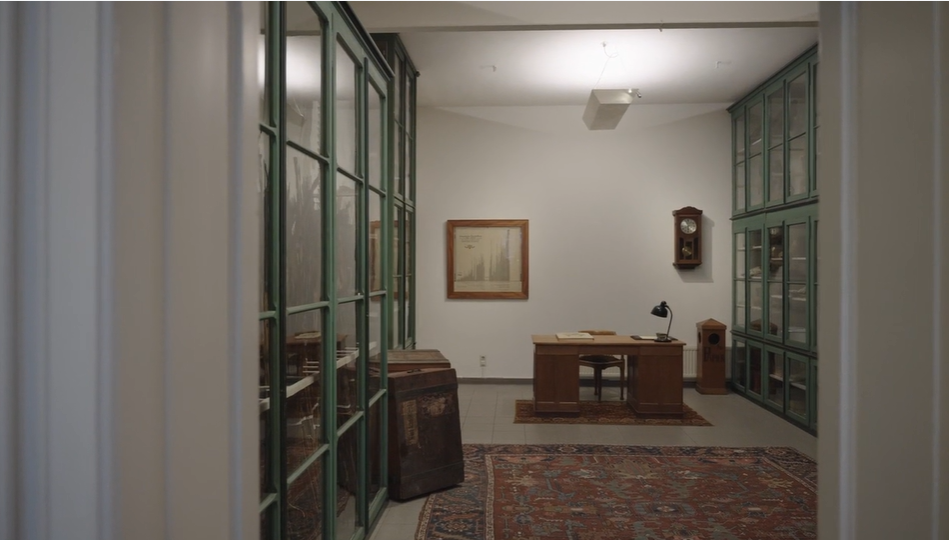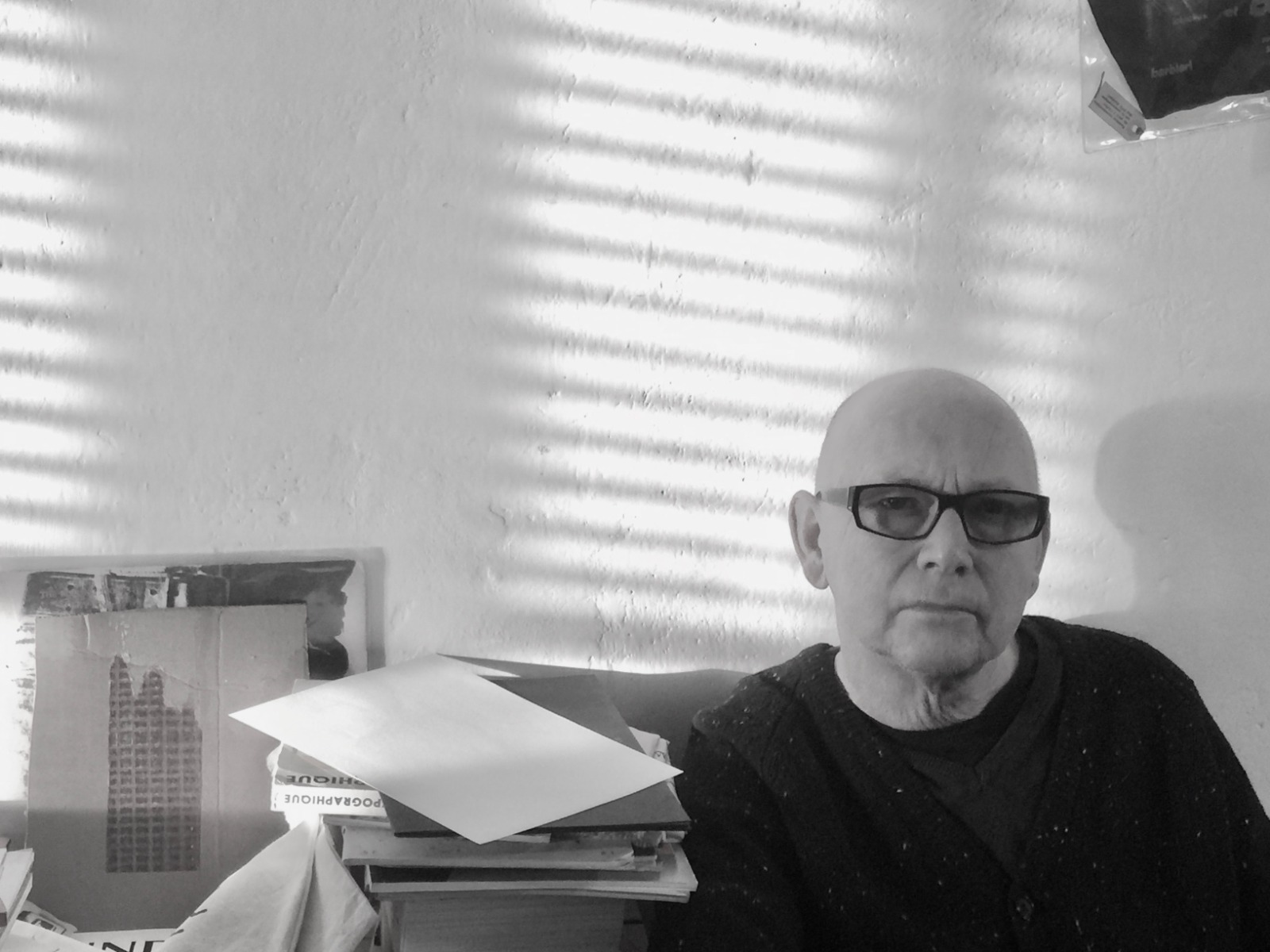

Pii Daenen, born in Steyl, is a visual artist who has proven himself on the international stage. His early fascination with craftsmanship formed the basis of his artistic practice. His training as a typesetter gave him a keen eye for language and composition, something that is still visible in his work today. Daenen consistently explores the relationship between the individual and the universal, translating this into sculptures, installations and performative projects that connect material, process and language.
An important precedent for his current work in Steyl (Bureau Berchmans) was his project in the Jochumhof Botanical Garden. Together with volunteers, he created a “snapshot” of the garden in 2017: each of the volunteers was symbolically portrayed with plants from the collection and with words they themselves composed from Daenen's type case. This project was not only a tribute to the garden, but also a collective exercise in memory, language and engagement.
Daenen continues this approach in Bureau Berchmans, which was developed especially for the Missiemuseum. In this community project, (former) volunteers, employees and administrators of the museum are interviewed about their personal relationship with the museum and the mission history of Steyl.
The conversations form the basis for a series of portraits in the form of words and objects, creating a new and layered image of the local connection with the museum. In many Steyl families, the mission played a direct role: family members joined the congregations and objects from the mission regions found their way into homes in the surrounding area. This created an intimate dialogue between the global network of the mission and the community in Steyl.
Daenen's conversations are recorded and shared as a podcast during the exhibition. Also a conversation can be viewed in which Pii explains the project in more detail. Bureau Berchmans shows how the Missiemuseum not only preserves a collection of objects, but also forms a living memory for the region. The project offers the opportunity to gain insight into the perspective of the immediate surroundings and the after-effects of the mission on Steyl from a local-global perspective.
